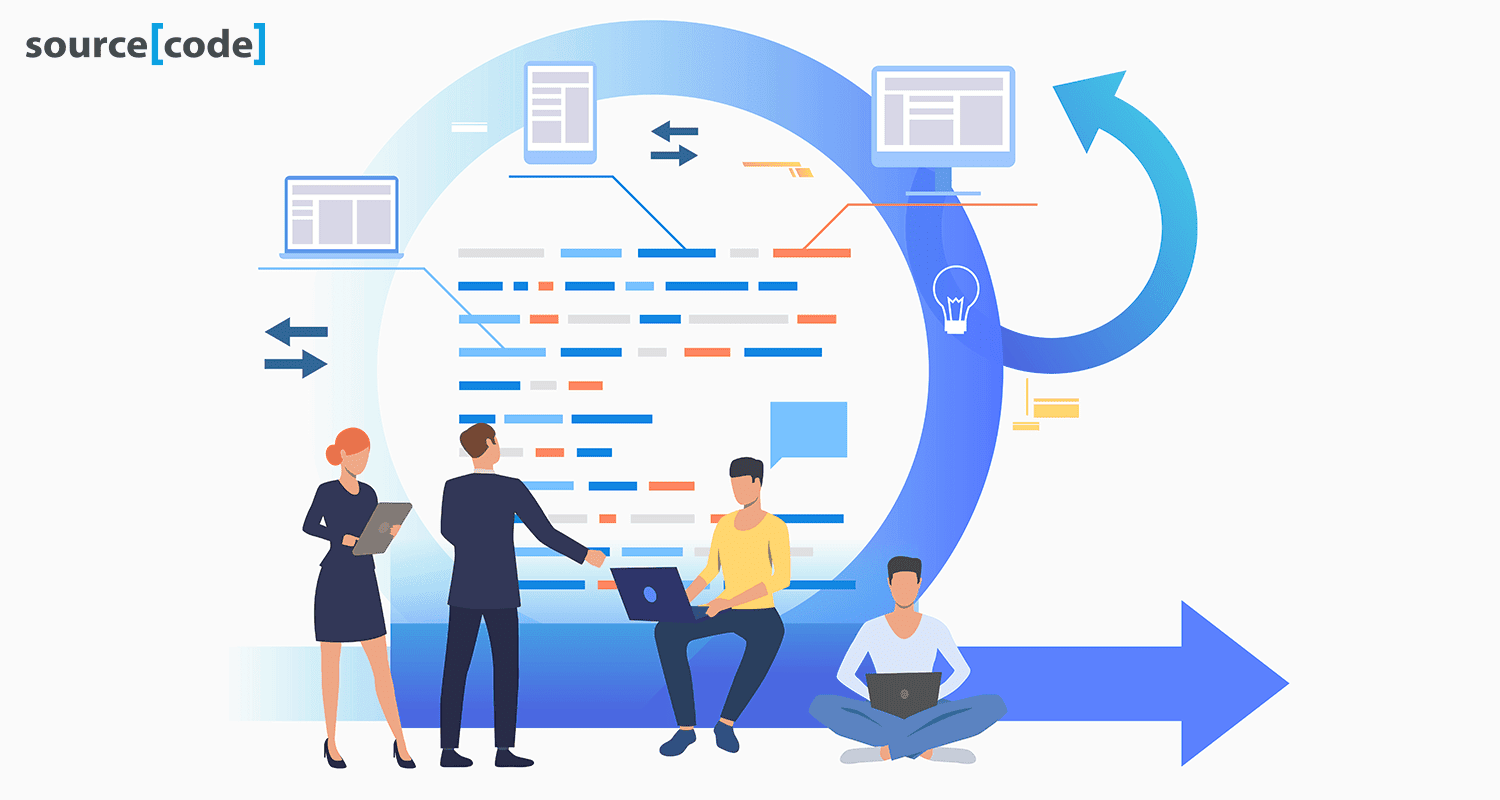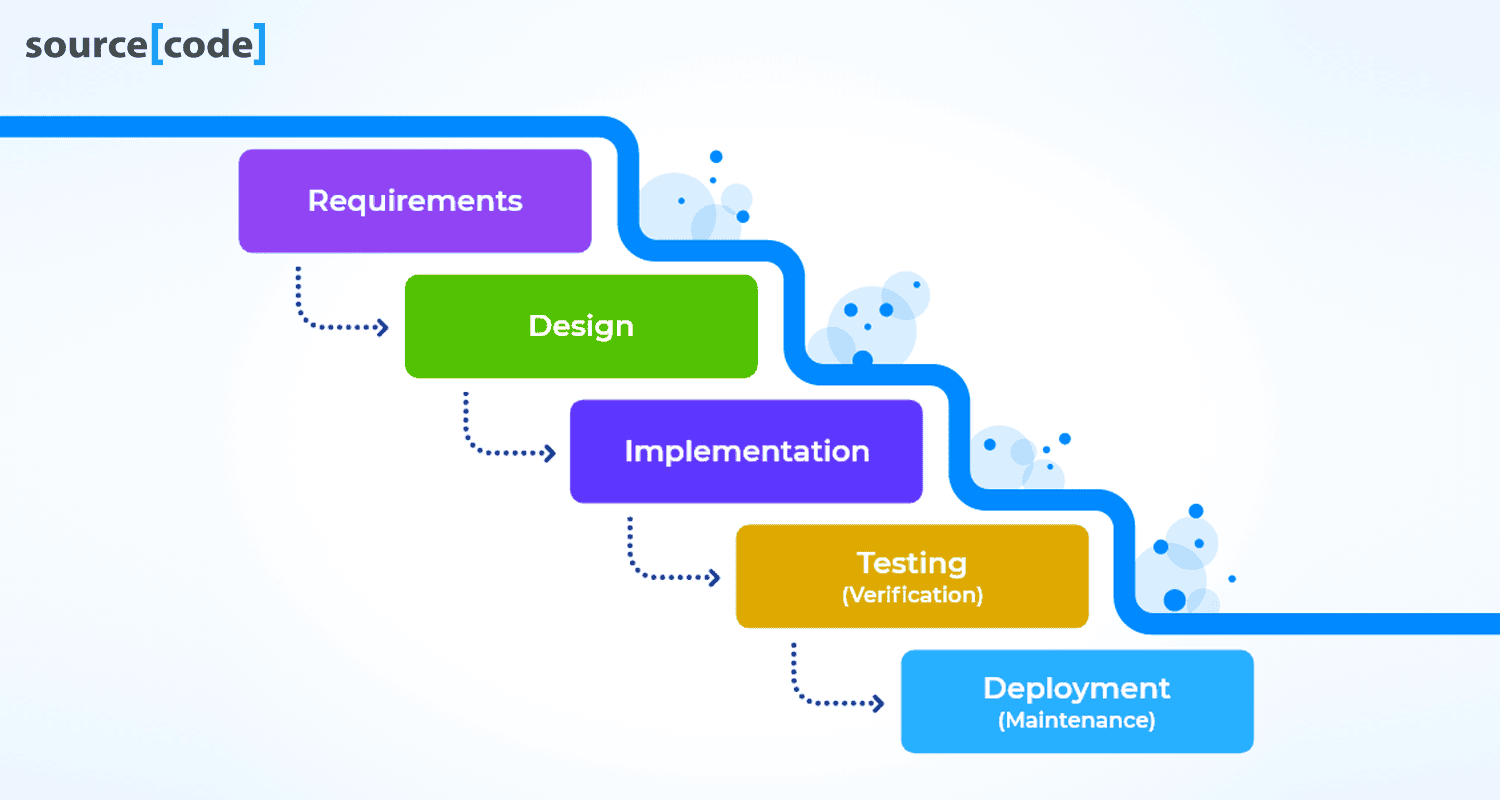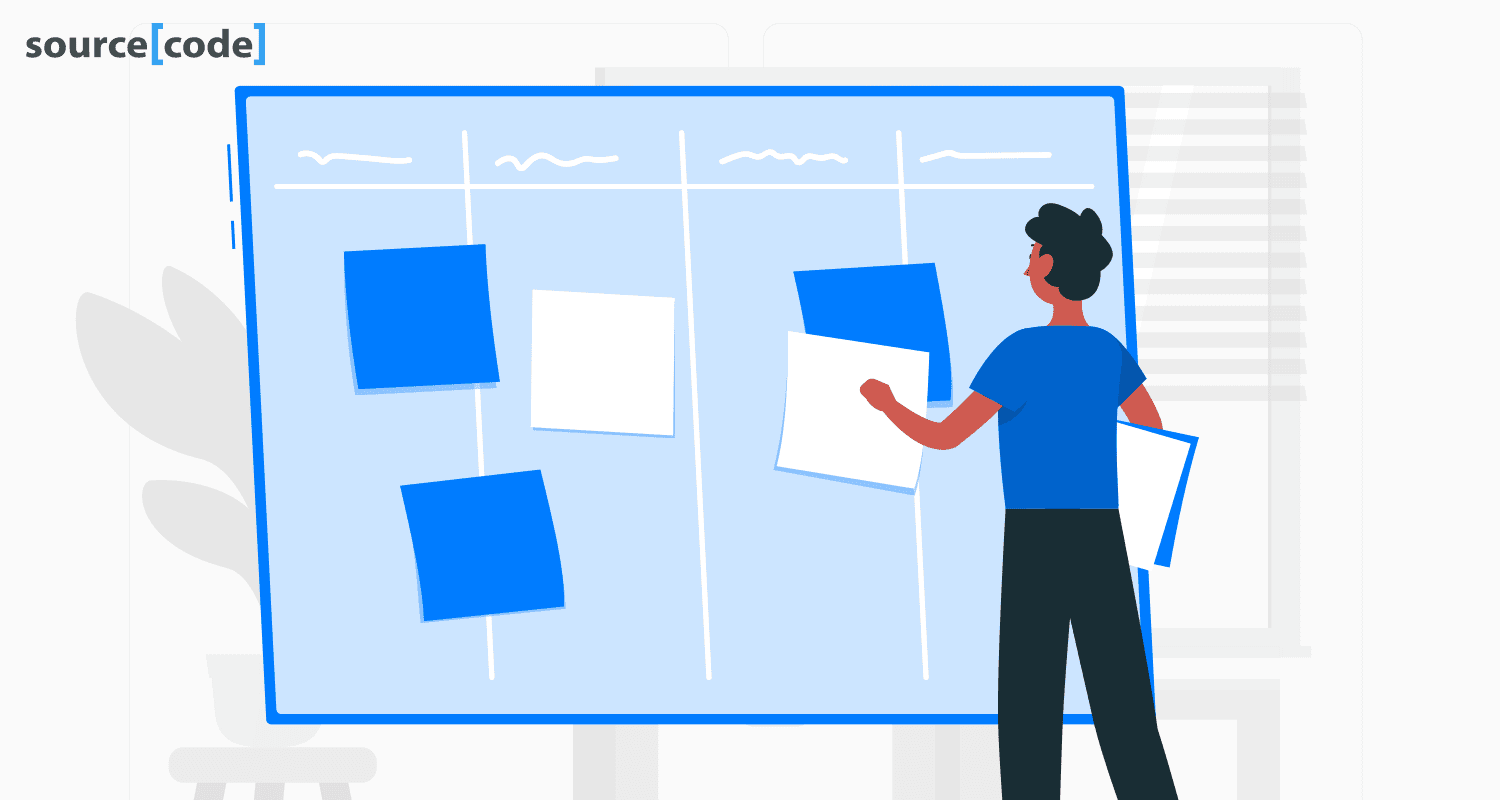Scrum vs. Waterfall: What is better?
Welcome to the exciting comparison of project management, where Scrum and Waterfall methodologies each offer unique approaches to tackling projects.
This article will discover the difference between Scrum and Waterfall frameworks and how to approach these methodologies in managing work.
Defined of these:
1. Waterfall Project Management
Waterfall, on the other hand, is a sequential process that flows (like the cascades of a waterfall) and strictly follows the initial orders through phases of a project and only moves on to the next stage when the previous is complete.
2. The Scrum Framework
Scrum is an Agile framework that uses flexible planning, breaks work into smaller increments of value delivery, and regularly inspects and adapts to solve problems.
Unlike the straight-line waterfall method, which uses a step-by-step approach to complete projects, Scrum allows teams to adjust to changes in the project during development quickly. Scrum uses short work periods called sprints. These sprints usually last two weeks and involve planning, designing, building, and testing the software to give users a working product.

How to approach these methodologies in project management?
1. Waterfall Project Management
Waterfall is a project management approach in which people work on one stage at a time, and the next doesn’t start until the previous finishes. The stakeholder or customer requirements are set at the beginning of the project, creating a linear path for the project to follow.
Other characteristics commonly associated with waterfall are:
- Each project stage must be fully finished before proceeding to the next.
- Teams work in silos, each with specialized skills.
- Each project stage aligns with a specific team.
- There are fixed constraints of budget, scope, and schedule.
- Limited or no feedback from end users until the entire project is completed and released.
- Implementing changes is challenging and costly.
- It is possible to rearrange incomplete tasks, but this may lead to delays.

Overall, Waterfall focuses on projects that have a specific set of requirements to accomplish a goal. Teams are not usually cross-functional; instead, they specialize in one skill. Teams may be highly dependent on each other’s work.
2. The Scrum Framework
In scrum, we shift to managing work as products instead of projects.
Products can be goods, services, systems, applications, etc., created to resolve business problems or satisfy a customer’s need. Products are created by small teams who collaborate and are cross-functional, meaning each team has all the skills they need to complete the product.
Scrum began in software development but has evolved for various industries, including talent management, marketing, and hardware development. Scrum is an approach to deliver products that keep up with current, ever-evolving customer and marketplace needs.
Scrum allows teams to increase effectiveness in their meetings, provides tools to track and measure progress, and requires a small cross-functional team structure to increase collaboration, transparency, and autonomy.
Scrum also centers around three pillars: transparency, inspection, and adaptation.
Transparency entails ensuring that the process and work being performed are visible to both those executing and receiving it. Every aspect of the process should be readily apparent to all members of the Scrum team. Insufficient transparency can result in decisions that diminish value and raise risks.

Transparency leads to inspection.
The essential components of Scrum, including the product backlog, sprint backlog, and increments, hold vital information crucial for product development. These artifacts are regularly inspected and revised. Inspection takes place during Scrum events such as the daily scrum, retrospectives, and reviews. Through regular inspection of progress towards established goals, teams can identify potential deviations or issues at an early stage, allowing for timely resolution.
Inspection enables adaptation.
Inspection empowers teams to recognize any elements of the increment that fall outside acceptable parameters, malfunction, or are otherwise considered unsatisfactory. When the team perceives a problem differently, they can explore new approaches to adapt the product or their work methods, aiming to enhance its quality and performance.
For adaptation to work correctly, teams must be empowered and self-managing. That way, they can adapt the moment they learn something new through inspection to improve their work process and, in turn, the final product.
When Is Waterfall the Better Model?
When project requirements remain static or are predictable, the waterfall approach can be a more appropriate choice. Industries with strict compliance requirements, such as government, banking, construction, and pharmaceuticals, often find waterfall appealing due to its structured phases. These phases offer clear milestones for coordinating sign offs.
Given the waterfall method’s meticulous and detail-oriented nature, it is particularly well-suited for teams working on projects involving multiple clients and stakeholders, where requirements are well-defined and the likelihood of changes is minimal.
When to Choose Scrum
Scrum is best for teams with unclear or evolving requirements because of its flexibility and constant inspection and adaptation.
Scrum is ideal in software development, especially in today’s quickly evolving tech marketplace, because teams can deliver value in short sprints rather than waiting months or years for software to reach customers.
Scrum is also well suited to many other industries, some of them highly regulated, including: Financial services, Legal and consultancy, Construction, Data analytics, Pharmaceuticals, Engineering, Marketing and advertising, Education, Event planning, Military, etc.
The self-organizing teams of Scrum can pivot on ideas without disrupting the product, and the focus on continuous improvement requires less oversight, fosters accountability, and leads to high-performing teams.
Conclusion:
Sometimes they may need the rigidity of the waterfall approach, and sometimes the flexibility of Scrum might be better. When making a decision, it is crucial to prioritize the team, product, and organization.

It is important to remain open to achieving the best possible outcome by exploring different approaches, rather than being fixated on a single method. Depending on the organization, project, product, or end-user requirements, trying various working methods can help identify what works best.
An organization doesn’t have to strictly adhere to either Scrum or Waterfall to reap the benefits of each approach. The selection of an approach should focus on improving business outcomes, fostering successful teams, and delivering high-value work.
Ultimately, continuous inspection and adaptation of working methods are vital for any organization seeking to enhance its practices and achieve meaningful progress.